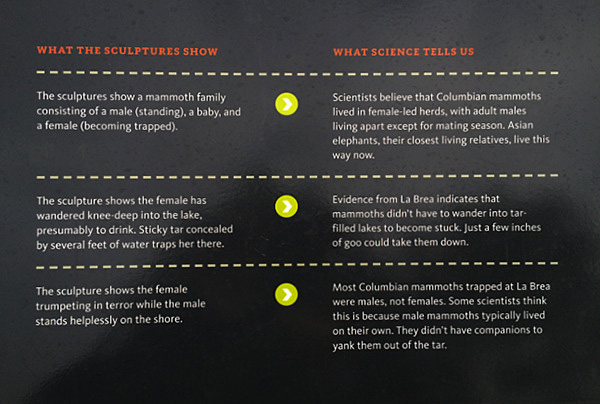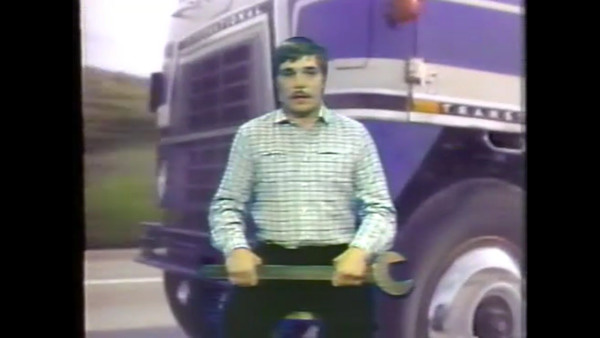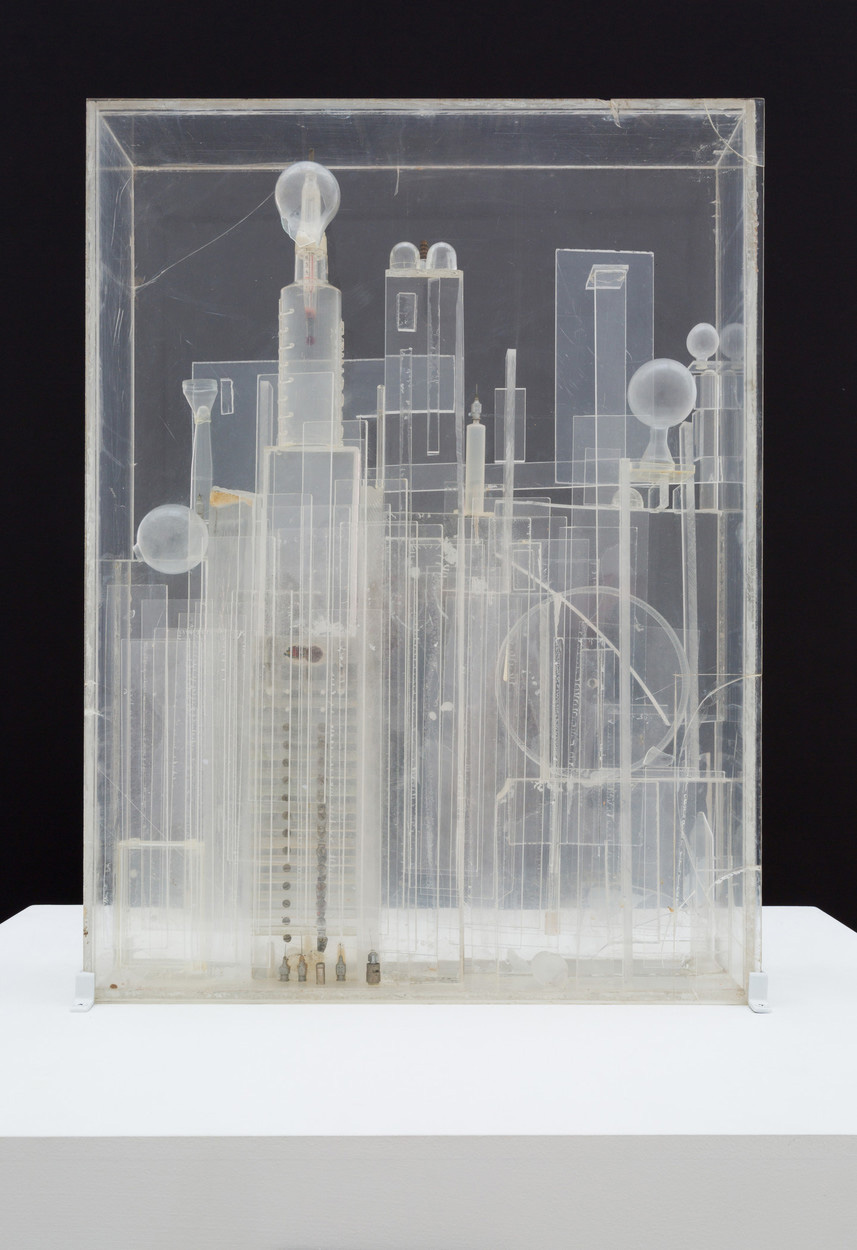Constellations Are Totally Imaginary Things
by Claudia La Rocco

Chris Burden, Urban Light 2002, 202 fully restored Los Angeles street lamps from the 1920s (17 styles of lamps that have been sandblasted, painted and electrified), dimensions variable, installation at Burden’s studio in 2006 © Chris Burden, courtesy of the Chris Burden Estate and Gagosian Gallery. Photo © Norbert Schoerner
When you type “Chris Burden” into Google Images there are no pictures of him smiling. When you type “Chris Burden smiling,” nothing much changes. I mean, there are a few shots. The mechanical gesture doesn’t ever, as far as I can tell, reach past half-face to the eyes.
Of course, nobody except a writer doing weird things with Google cares if a man doesn’t smile. It is, as they say, a non-starter.
At this year’s U.S. Open, Serena Williams, in a post-match presser with reporters, was asked by a male reporter why she wasn’t smiling. Williams must see very clearly by now what it costs her when she doesn’t act as her public wants her to act. Her response was mercilessly to the point, not unlike many of Burden’s descriptions of his work in its refusal to play ball.1She doesn’t seem to like being contextualized any more than he did. Mostly, it’s hard not to sympathize. What’s in it for them?
“During his last decade, Burden became increasingly known by a wider public for his large-scale installations, most significantly Urban Light, 2008. He initially became interested in old streetlamps when, one day, my son Maxwell dragged him to see some. Immediately sensing the community symbolized by these discarded objects, he began collecting hundreds from all over LA. For no exhibition or public-commission purposes, he arranged these lamps around his studio, illuminating that private space. LACMA eventually acquired Urban Light, and in a city without landmarks or a center, this work was welcomed with the broadest public appreciation. Burden made the paths inside the grid of streetlamps wide enough to allow two people to pass hand in hand. Through this installation, he was no longer alone. He was with a community he loved and with his wife, the artist Nancy Rubins, for whom he made the paths.”
So wrote Paul Schimmel, in his appreciation of Chris Burden for the September 2015 issue of ARTFORUM.2 It’s pretty standard stuff, a drop in the torrent of appreciations that appeared after Burden died last spring. But I was curious, as well as irked without being confident that I should be, by this: “in a city without landmarks or a center, this work was welcomed with the broadest public appreciation.”
Really? I’m a New Yorker—what do I know about Los Angeles other than that it is, gloriously, not New York—but, really?? No landmarks? And no center, as if there could be such a thing anywhere, creating its absence somewhere else? How very twentieth century.
I sent the offending lines to two artist friends with Los Angeles roots. After they got past listing all the landmarks (my favorite being “the maze that is represented on numerous maps of the stars”) one of them made a lovely point about Los Angeles’s lack of center being what keeps it “always possible”:
“the city preserves itself by dispersing itself”
Preservation by dispersal; that’s the (dubious) ticket these days. My silly desire to believe that Burden wouldn’t like his work to be contextualized (colonized?) in this smarmy, self-congratulatory way was however tenuously vindicated.3
Urban Light is both handsome and evocative. The morning I walked through it, face to clouds that had yielded barely-there drops of teasing rain a bit earlier, the sky roiled turbulently against and beyond the posts’ ornate stillness. And I was with my lover, though not hand in hand. In fact, it was couple city: the activity du (every?) jour was picture-taking, the pose, click, review, and inevitably post routine—which I think, with regrets to Mr. Schimmel, is actually much more about being alone in a particular way, one we are all increasingly comfortable with. It doesn’t seem to auger well for the future of our species.
But nothing lasts. Eventually we all go the way of the wooly mammoth.
“I just wanted a huge wheel that would spin as fast as it could.” —Chris Burden

Photo: Claudia La Rocco
The La Brea Tar Pits, where I took the picture above, are right down the road from Urban Light (more families, more photo ops). I would have thought these terrifically noxious, bubbling entities would count as landmarks. Though maybe it’s better to think of them as some earthworks variant on the counter-monument.
What if Burden had driven his truck into the tar pits in an ultimate, defiant act of institutional critique, perhaps somehow—magnificently, improbably—making it through, despite having no companion to yank him out of the tar (on account, of course, of being a solitary male)?4
A few months back, I was at a conference at The Walker Art Center in Minneapolis and William Pope.L was talking about whether to be the body inside his own work, or invite others in.5Pope.L is always compared and contrasted with Burden, usually along predictable and reductive racial lines; and of course, I am now engaged in reducing them along gender lines. At the conference, Pope.L, in addressing his identity as an author-performer, was saying something less categorical, though I think still grounded in a sort of combustible masculinity. These words are from the imperfect notes I took:
“Every time someone asks me, I have to decide, am I going to do it… It’s so easy for me to say yes, because you don’t have to deal with anyone saying no…but you never get to see it because you’re inside it … I needed to take the risk of trusting someone … that I could do something different. For awhile it can be very efficient to do it that way, controlling what you do, but then there’s the problem of insularity in the piece…Chris Burden…I can imagine, one of the issues he can have, is he’s always inside that stuff. And a lot of his work, because of its nature, he would get stuck inside it [often literally]…I can see why he stopped … but I think I took the leap of faith, when I started teaching theater, this is possible to do…I don’t have to do it all. Directing came out of my work in theater, and this will to trust.”
In a section of her book Seven Days in the Art World titled “The Crit,” Sarah Thornton uses the prehistory of Burden’s infamous Shoot (1971), juxtaposed against the whole kerfuffle over Burden and Rubins leaving UCLA in 2004, and over another moment of aesthetic gunplay by a grad student with a loaded revolver, as an exceedingly loose framing device. She dabbles with the idea of trust, how Burden doesn’t trust institutions, and how “to be a good artist6in the long term, you need to trust your own intuition and instincts.” Left unsaid, at least in Thornton’s breezy telling, is what Burden’s perspective was on the student’s relationship to instinct (though one imagines, from various accounts, that his perspective was dim). Or the student’s perspective, for that matter; he isn’t quoted.7
Anyway. Back to this idea of Burden having at the tar pits. The truck in question, naturally, would be one Big Job, the truck in his 15-minute video Big Wrench (1980), a doomed love story with a machine, an almost-comedy that manages to be sinister instead.8
Such an alluring piece of white boy art.
Burden appears as the hero (I want to say heroine), typically front and center, narrating the events, Big Job behind him like some rogue precursor to Maximum Overdrive. Always that question: Did art works of this era understand video better than we ever will, because it was still a foreign object in some way? Yes, Adorno, art knows us better than we know ourselves.
In a 2013 article titled “Everything You Need to Know About Chris Burden’s Art Through His Greatest Works,” Emily Anne Kuriyama writes about Big Wrench, “Quickly, it becomes clear that Big Job also acts as a metaphor for the weight of insanity.”9Huh.

Chris Burden, Big Wrench, 1980, video, color, sound, © Chris Burden, courtesy of the Chris Burden Estate and Gagosian Gallery
These are some notes and a picture I took while watching Big Wrench at Electronic Arts Intermix (EAI), one disgustingly humid day last August:
Sits on blue screen with giant wrench clasped in fists … big rig and highway behind him “I fell in love with it…”
Travel … the road. “I was anxious to consummate the deal”
This is so creepy. “I had to borrow another $1K from my ex-wife, Barbara … he held firm and I was so intoxicated by Big John [sic] that I paid him the full $3K… the next morning, the truck was all mine”
Gives successful but low-key cocaine dealer friend and his baby son a ride
“I envisioned an almost endless series of projects that would free me from being an artist…” [or something like that …]
“one night in a fit of drunken enthusiasm…”
“At night I would have nightmares about driving the truck…”
“I had finally gotten rid of Big Job and now I wanted it back.”
Don’t we all, baby.
Desire is the thing.
In the Chantal Akerman film Je tu il elle (1975), a woman eats sugar, spoonful after spoonful after spoonful of it scraped from a paper bag, either her mind or her body dutifully obeying the other.
In the Chris Burden work Velvet Water (1974), a man dunks his head into water, again and again and again, his body bucking and struggling in resistance of his will.
Sitting in that blissfully dark and cool room at EAI this summer, watching Burden’s films after having agreed to write about him, I could feel that familiar, writerly sense of panic rising up, I don’t have any real relationship to this, it doesn’t move me. And then, as often happens, another artist snuck into the room: Chantal Akerman—specifically the girl, who is Akerman and not Akerman, who gets into the big rig in Je tu il elle.10
What if Chantal had gotten into Big Job? What if Chris had been the trucker who stopped? What if these two fictions weren’t that at all?
Flavorwire has a compilation called “50 Great Works of Video Art That You Can Watch Online,” and Akerman and Burden’s works are adjacent.11The Burden work is, duh, Shoot, and Akerman is represented by Saute ma ville (1968), though I far prefer Family Business (1984), and not just because it’s set in Los Angeles and this publication caters to that city, and I have been directly asked, in a very nice way, to keep that in mind, and it took a lot of different “Akerman and Los Angeles” Google searches to come up with just the right artificial arrangement.12
The Flavorwire compilation is one of the things you find when you Google “Chantal Akerman and Chris Burden.” Also, their obituaries. These two artists, each so fast out of their respective yet related gates, are now adjacent in my mind. One of the other fictions writing makes.
Akerman is the main artist in the map of stars I would place around Burden. (Constellations, astronomist Chris Dolan tells us, are totally imaginary things.)13The ones who catch my imagination are all women, though Roger Ebert is looming (more on that later): Chris Kraus, Yoko Ono, the Maggie Nelson of Bluets (not The Art of Cruelty), and somehow even Serena Williams—I wonder if she knows about Burden; I hadn’t been aware that Ebert did, though of course.
At first I thought this was because he’s such a dude artist. But I think it’s less about gender (unless you really want to go into tired gender binaries, which sometimes I do, but the more I write, I think, not now), and more to do with these particular women and their fierce, supreme, elegant—etc.—messiness, some draw there. Because Burden is so clean—or, it seems so from certain angles.14 Not that messy v. clean is any less wearying than Venus v. Mars. A better map of the stars surely lies in Burden’s Scale Model of the Solar System (1983).
In that same ARTFORUM issue commemorating Burden, Vito Acconci wrote:
“My work turned to architecture, his to a grown-up’s alteration of packed miniature cities and bridges in the middle of nowhere, maybe everywhere. (My adjectives in the last paragraph show that I’m losing touch with Chris, I can’t stick with him when he’s inside a world of miniatures and children and toys—but he’s always there with delicacy, always as a grown-up who can’t help reliving and re-rehearsing someone else’s childhood if not his own—I’m losing him, he’s going, he’s starting to be gone, but never, never all gone…”15
I was a little bit riled up after I came across this passage, I think because the sentiment is such a rude, and therefore rather liberating—though also icky—thing to place within an ostensible tribute to a guy, a peer/rival no less, and also so elegant in its casual dismissal of much of Burden’s output, managing to blissfully dance around the fact that some people also couldn’t stick with Acconci after his pivot away from performance.
And here I’m thinking of Jay-Z rapping in “Most Kingz,” “Everybody look at you strange, say you changed/Like you work that hard to stay the same.” And also that, as many have observed, Burden stayed the same by changing.
What is the logical next step after a series of tightly controlled and planned performances, in which bodies (other bodies, never your own) are the only unstable material? Removal of bodies, of course. Return to the architectural rendering. A sculpture is a sculpture is a sculpture. Do the bodies wandering through Urban Light complete it or wreck it?
This seems an inevitable question after hanging out with Metropolis II (2010), the perfect miniature city, in which the traffic always flows, enabled by the giant human in the center, the lone laborer punching in and out.
If this is a utopia, it’s disquieting. Though I suppose they all are.

Noah Purifoy, The City at Night, 1965, Plexiglas assemblage, 24 3/4 × 18 1/2 × 4 1/2 in. © Noah Purifoy Foundation, courtesy of Karen Young / LACMA
In between Metropolis II and Urban Light, there was Junk Dada, the Noah Purifoy survey exhibition at LACMA, which offered another way to think about a city and its people and their things. The City at Night dates from 1965, the year of the Watts rebellion. It is a ghostly, fractured metropolis, Plexiglas showing its age. Still and fragile, it conjures not the absence of people, but their aftermath. There is a certainty, a painful intimacy with violence.
Whereas if we hop back to Burden’s early works, which are talked about as being violent and menacing—perhaps they were, if one was in the room, but from a mediated distance—what reads most clearly is a faith in systems. After all, as he told Roger Ebert in 1975, he wasn’t suicidal. (Ebert on Burden is the best writing on Burden I’ve found. Two thumbs up. Burden via Ebert is intensely likable, a good reminder that reading any writer’s account of anyone or thing only really gives you reliable information about the writer.)16
Talking about Shoot, for example: “In retrospect, the whole thing seems incredibly stupid. But at the time, you see, we simply couldn’t allow for the possibility that the piece wouldn’t work.”17
Because of course Burden wouldn’t have driven into a tar pit.18He was the son of a biologist and an engineer, trained in architecture and physics, only too impatient/ambitious for both and so a defector to art. You don’t build a machine that can take down a museum, as Burden did in 1985 with Samson, unless you believe fully in the sanctity of the structure—whether as an idea or an actuality, or both.
For theoretical destruction, I’ll take Ono’s Collecting Piece II. She wrote it in the autumn of 1963 as part of Grapefruit (1964), her beautiful book of possible impossible instructions:
“Break a contemporary museum into pieces with the means you have chosen. Collect the pieces and put them together with glue.”
Art history or Humpty Dumpty, that’s anyway what it all is. Even if it existed, the center never did hold. “I’m going to breathe water,” Chris Burden tells us, “which is the opposite of drowning.”